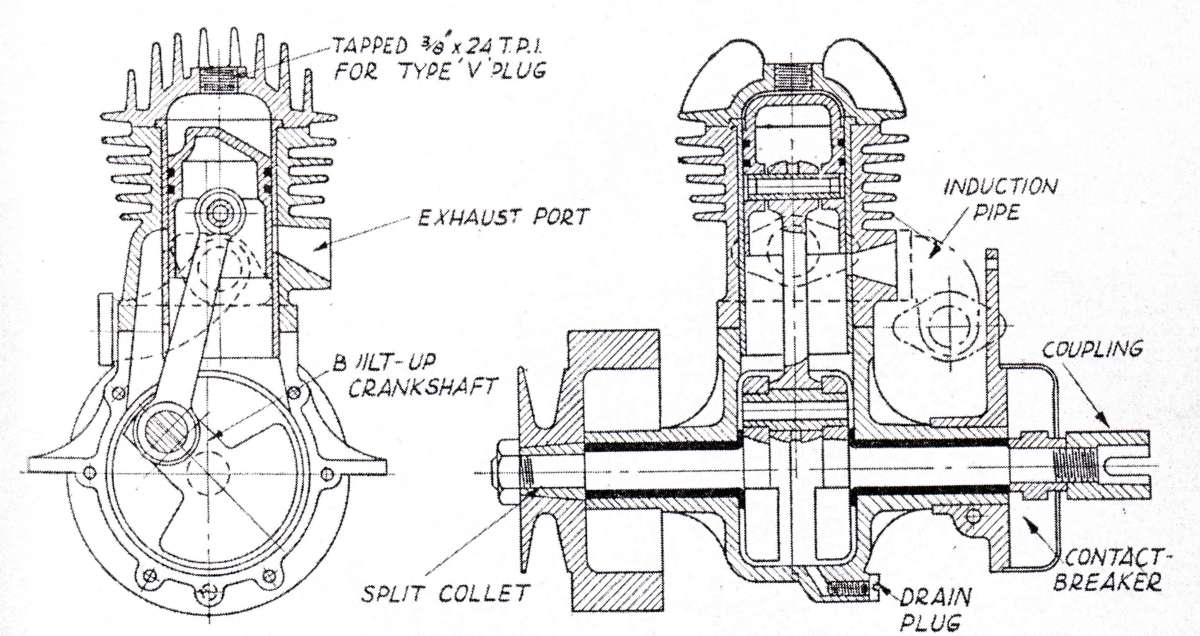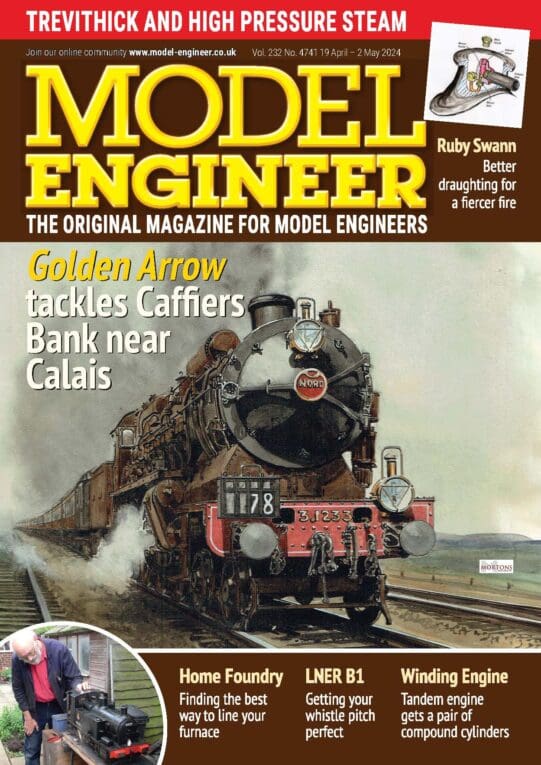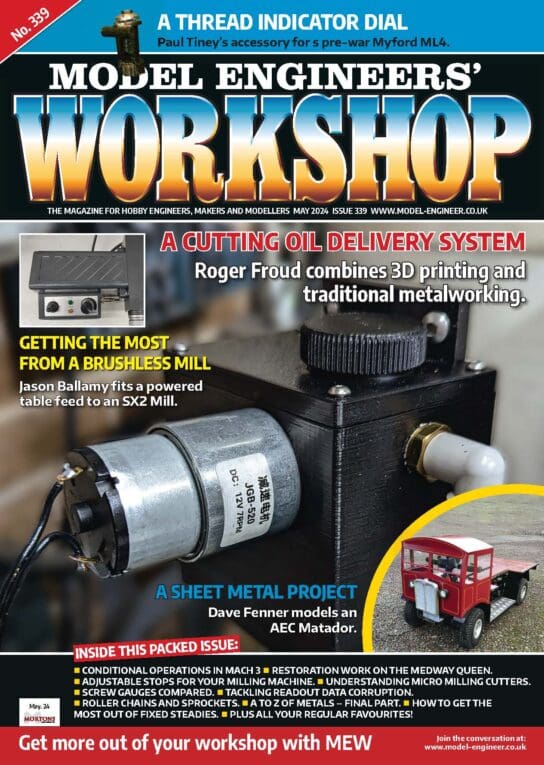E.T.W. Phoenix
E.T.W. Phoenix
- This topic has 4 replies, 4 voices, and was last updated 29 March 2024 at 09:51 by
 John Purdy.
John Purdy.
Viewing 5 posts - 1 through 5 (of 5 total)
Viewing 5 posts - 1 through 5 (of 5 total)
- Please log in to reply to this topic. Registering is free and easy using the links on the menu at the top of this page.
Latest Replies
Viewing 25 topics - 1 through 25 (of 25 total)
-
- Topic
- Voices
- Last Post
Viewing 25 topics - 1 through 25 (of 25 total)





